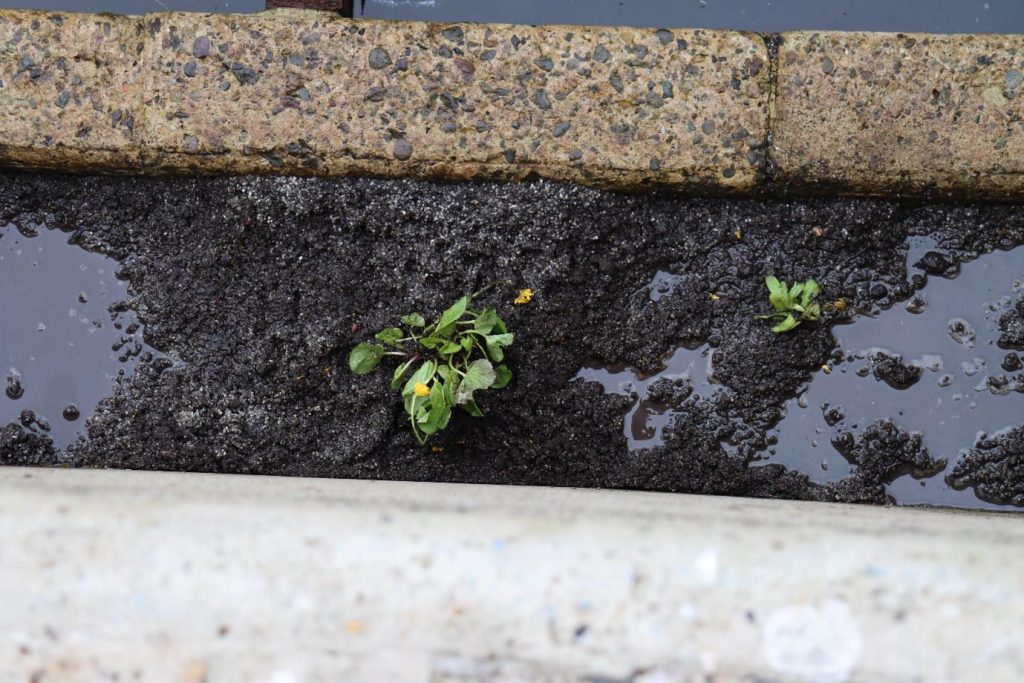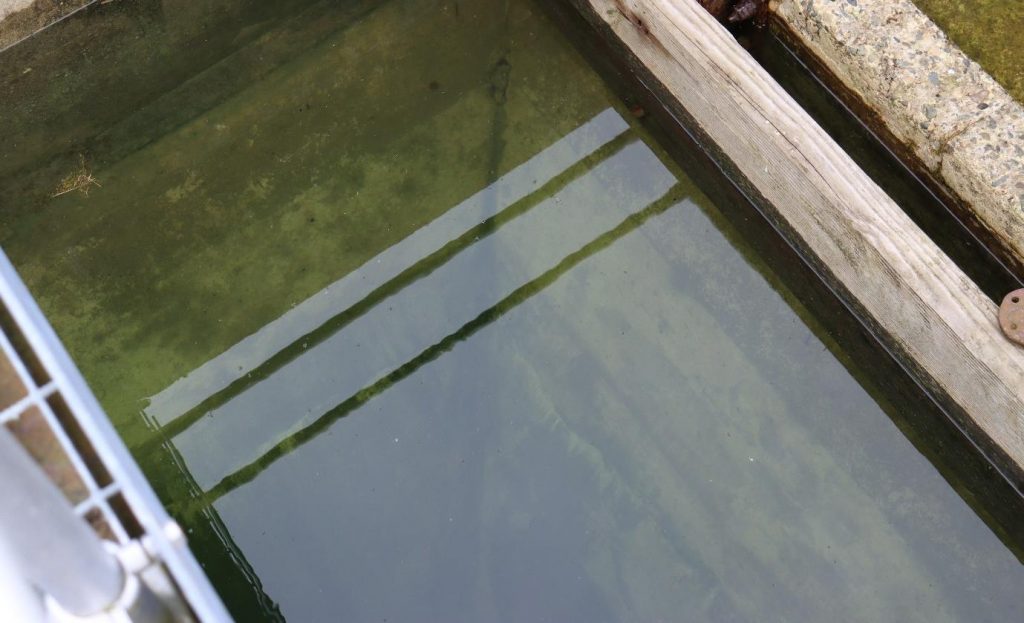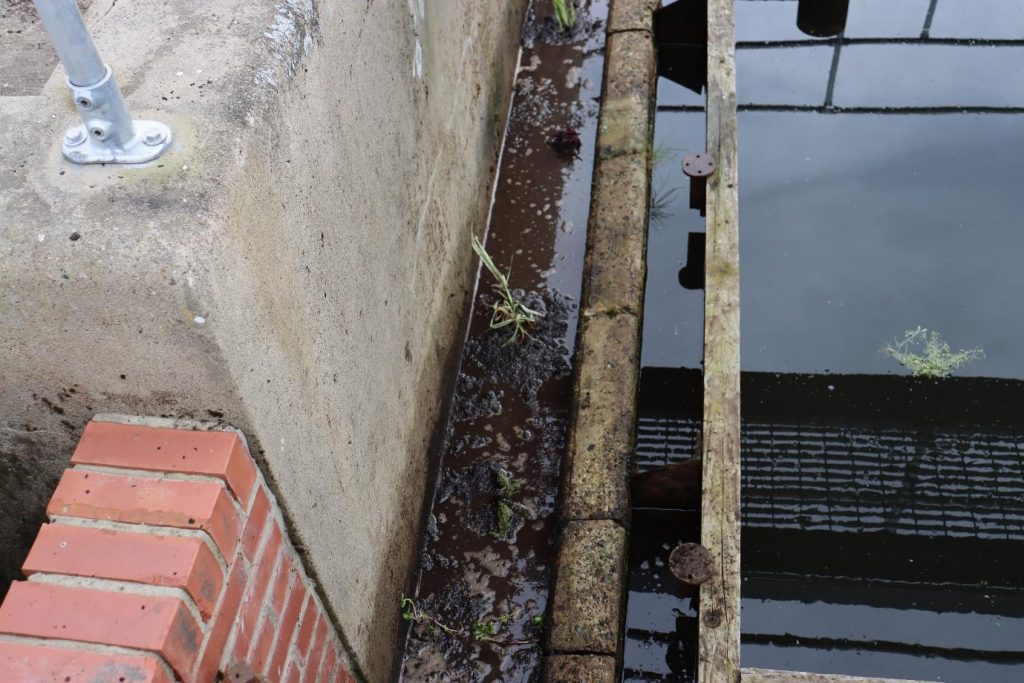Water and Wastewater assets are upgraded over time, either due to new technology, asset condition or needing to upscale due to an increase in population. This can often lead to old assets no longer being utilised or being demolished to make way for new equipment.
As part of Severn Trent Services new Rewilding campaign, we’re thinking differently about what we do with both our own and customers’ old assets to reduce our carbon footprint and to improve biodiversity in the local area. Over recent months, we have highlighted several assets that are no longer in use, however instead of demolishing them, we are reusing them to create wildlife ponds!
Wildlife ponds, no matter how small, can have a beneficial impact to the local wildlife. Unfortunately, over the past century, the number of ponds in Britain have reduced by 50%. Ponds provide a habitat for wetland wildlife, such as insects, frogs, dragonflies and more as well as providing a natural breeding environment. They also provide a source of food and shelter for birds. That’s why we have a plan to convert several tanks across our asset base.
First up is an old tank at one of sites in the North East of England. It was once used as a final settlement tank on a Sewage Treatment Works, but was decommissioned when a new tank was installed. Instead of demolishing or backfilling it, our team carried out a survey to understand the possibility and benefits of converting this into a wildlife pond. After confirming that the tank was fully disconnected from the system, it was thoroughly cleansed by our internal sewer cleaning crew to remove ready to start planting.
Our team sourced native plants suitable for a wildlife pond with the help and support of our sister department, Oren Environmental Services. Before planting, we needed to provide a suitable substrate for the plants to thrive. Once in position, our teams planted around 40 plants in the channels of the tank consisting of a range of species throughout.
But we didn’t stop there. We also introduced 50 fish to the pond, which will help improve biodiversity even further. The fish will keep on top of any algae, with their waste breaking down to produce nutrients that will feed the plants in the pond. Whilst only small now, it won’t take long for the plants to thrive and grow!
Ian Galliers is one of our Field Technicians and led on the project. He said “I find being involved in projects like this really interesting. It’s something I’m really passionate about – ponds, fish, wildlife anything that improves the environment. These old tanks were disused, and we’ve fully isolated them to allow us to turn them in to a wildlife project. We used the existing channels to house wild plants which will grow and will attract birds, bugs, bees and more. I’m really pleased to have been allowed to lead on this project.”
Dan McArdle, Head of Water Services Contracts said “The fact this project has been driven and lead on by our field technicians who have a passion to improve their sites and the local environment is just brilliant, and something that makes me extremely proud to be a part of. The first step of our sustainability plans has always been to think differently and reusing what we already have to improve biodiversity is an example of Ian and the team adopting this approach”.
This is the first of many rewilding projects that we will be undertaking this year. Keep an eye out over the coming weeks as we announce more projects to come from our sustainability team.












